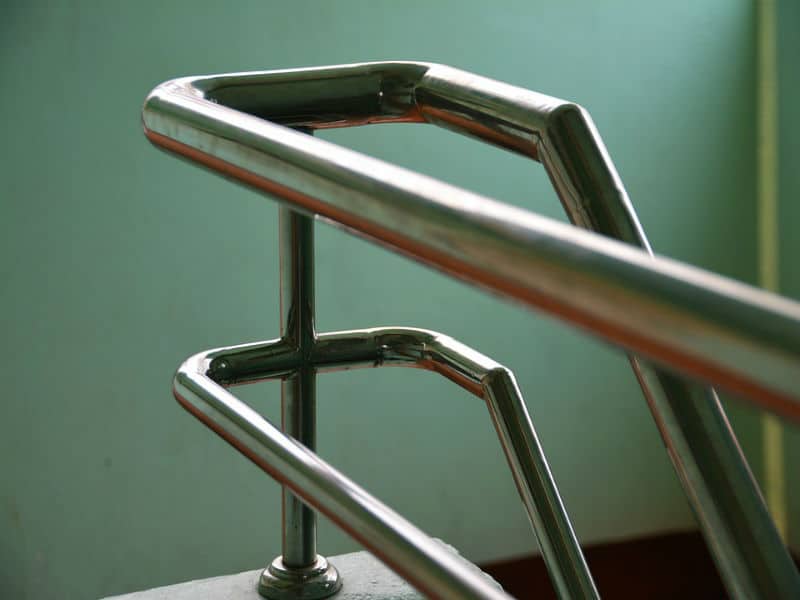Installing a permanent perimeter guardrail system on a job site is an effective solution for the prevention of fall hazards.
Apart from controlling fall hazards, the installation of a permanent guardrail system can reduce the amount of training required for employee safety, diminish the need for a rescue plan and reduce the cost related to maintenance and re-certification.
Guardrails are basic fall protection systems that consist of a top rail, a toe board, a base plate and a mid-rail.
By considering the following options available in the market, you can select the most suitable guardrail system for your worksite safety.
Aesthetics
Guardrail systems are available in wood compositions, galvanized steel, aluminium, stainless steel, powder-coated steel etc.
If you consider aesthetics as a necessary factor during the selection of your guardrail system, then the aluminium or stainless steel guardrail system is recommended.
These systems look stylish and will hold up good against corrosion.
Powder-coated systems are also recommended since it is easy to match the colour and style of the building walls and are very affordable.
Some companies also manufacture collapsible guardrails so that when aesthetics are considered, such guardrails allow you to hide the railing when not in use for reducing the risk of falls.
Cost
The price of guardrails varies significantly and is based on many factors.
If the client’s goal is to purchase a system at the lowest cost possible, then a steel, powder-coated, weighted guardrail system is the best option.
If money is not an important factor, then permanent stainless steel guardrail or weighted aluminium system can be selected.
Base Plates and Freestanding
Base plates of a guardrail system can consist of a freestanding outrigger, a free-standing plate that connects directly to the structure.
Freestanding systems do not need to penetrate roofing structures for attachment but can also be vulnerable to damage in high winds thus creating tripping hazards for the workers working along the guardrail edge.
Base plates connecting directly to structure attachments are available in several options.
They allow systems to be attached to both horizontal and vertical surfaces.
Installing Guardrail Systems
Last but not least is the installation of a guardrail system on your job site. Consider how the materials will be installed on your rooftop.
For a successful installation of a guardrail system, there needs to be a careful study of the details provided in the plans.
For the roofs without existing edge protection, then there are multiple options available. One can find it easy to assemble a particular section of rail in a safe area of the roof.
For example measure, 2.5 m from the edge and following the manual handling regulations, walk the assembly into place using it as your edge protection, also being aware that the section needs to be of sufficient weight to take the load of the installer falling against it should it be required.
At J&J Engineering (Walsall) Ltd, we design and manufacture Roof Safety Barrier Systems / Roof Guardrail Systems as per your requirements.
About J&J Engineering
J & J Engineering (Walsall) Ltd, have over 40 Years of Experience With Tube Bending, Manufacturing Metal Pressings, Fabrication & Welding. We pride ourselves on offering a prompt, personal and flexible service at competitive prices!
We manufacture high-quality metal presswork, welded assembly components and products including bespoke shelving and roof safety barriers/systems for clients in Birmingham, Walsall, other places in the West Midlands and throughout the UK. Established in 1978 we have worked with companies to provide a wide range of metal pressing and welded assembly components and products.
For more information regarding this, Give us a call: 01922710204 (or) Leave an email: sales@j-jengwalsall-ltd.co.uk

